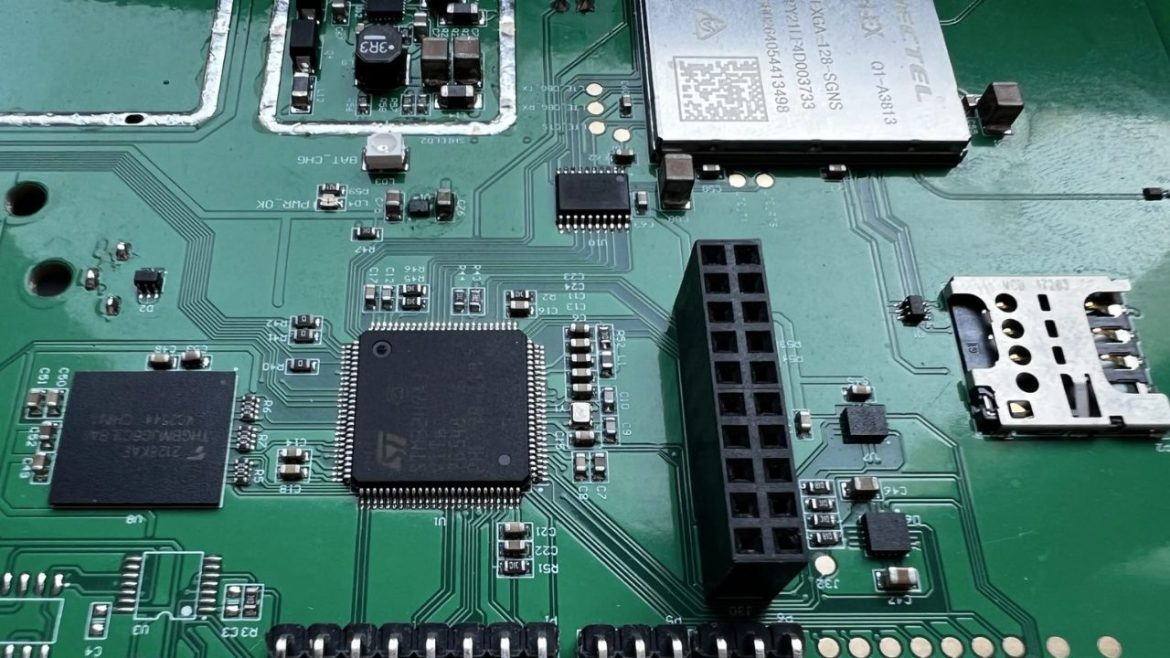A Surface-Mount Device (SMD) crystal oscillator is a vital electronic component. It is used to deliver precise and stable timing operations. Multiple essential factors must be carefully examined before selecting the appropriate SMD Crystal Oscillators for a circuit. Knowledge of these design factors enables the proper selection of an oscillator to boost device reliability and performance.
Frequency Stability and Accuracy
The main function of an SMD crystal oscillator involves delivering a consistent frequency output to the circuit. The precision with which an oscillator keeps its designated frequency depends on its accuracy level. The precise functioning of communication systems and measurement devices depends on having extremely stable frequency outputs. Performance problems arise from any minor changes in frequency. The selection of an oscillator requires the evaluation of its frequency tolerance alongside the assessment of stability across various conditions that include temperature variations and power supply fluctuations.
Load Capacitance and Circuit Compatibility
A specific load capacitance exists for each oscillator and determines its performance quality within a circuit. The application of an oscillator with an improper load capacitance value results in frequency inaccuracies. The proper operation of the oscillator depends on matching its capacitance value to the circuit requirements. Reviewing manufacturer specifications enables users to identify oscillators that meet all circuit requirements.
Operating Voltage and Power Consumption
The selection of an oscillator depends on the circuit power requirements because oscillators work at varying voltage levels. Oscillators operating at reduced voltages become the perfect choice for battery-operated equipment that requires energy-efficient operation. The range of available oscillators includes designs that need higher voltage power but deliver top performance during high-speed operations. The circuit power supply requires an oscillator that matches its specifications to avoid energy waste and ensure operational stability.
Size and Mounting Considerations
The selection of proper size among different SMD crystal oscillator dimensions remains crucial for achieving compact circuit designs. Electronic devices today need smaller dimensions, which leads to compact component requirements for limited installation spaces. Oscillators with smaller dimensions provide better convenience, yet their performance capabilities and operational endurance might be reduced. The mounting style needs attention to enable simple board placement, which avoids interference with adjacent components.
Temperature Range and Environmental Conditions
Electronic circuits function across multiple operating environments, which encompass indoor areas and extreme outdoor locations. The performance levels of oscillators may change when exposed to temperature variations. Manufacturers create specific oscillators with wide operating temperature ranges, which enable their use across industrial and automotive fields. Reviewing the temperature specifications offered by manufacturers guarantees that the oscillator maintains stability and operational reliability across diverse operating conditions.
Phase Noise and Signal Quality
The quality of signal output from oscillators remains essential in high-frequency operation. Small variations in frequency, called phase noise, negatively impact signal clarity. Systems requiring clean signals must have oscillators with low phase noise performance in order to function properly. The evaluation of oscillator phase noise properties enables users to find devices that generate superior signal quality.
Conclusion
The selection of an SMD crystal oscillator for circuit use demands a thorough evaluation of four essential elements: stability performance, power usage, dimensions, and operational temperature requirements and reliability span. The understanding of these key elements enables users to make decisions that guarantee the efficient and reliable operation of the circuit. The selection of an appropriate oscillator for an application leads to better device performance and longer operational life.
